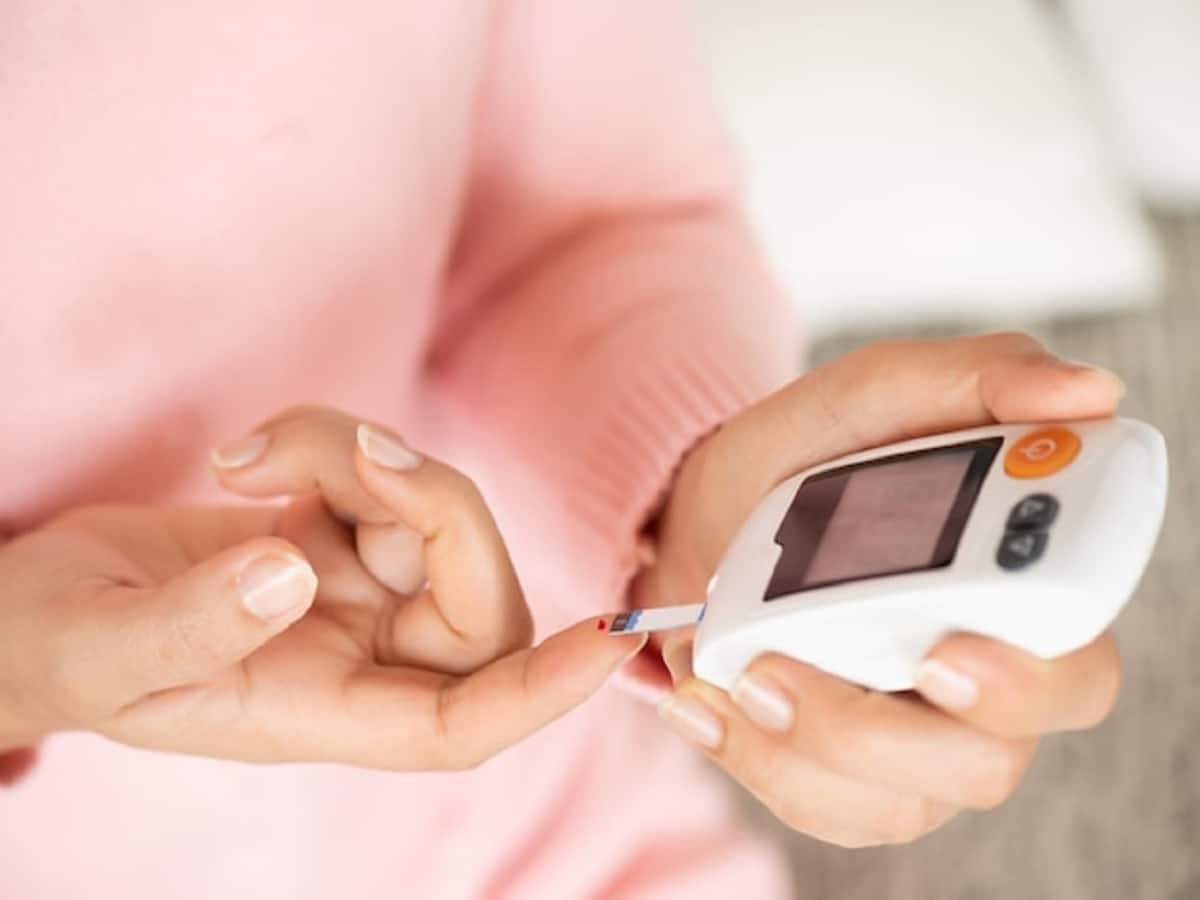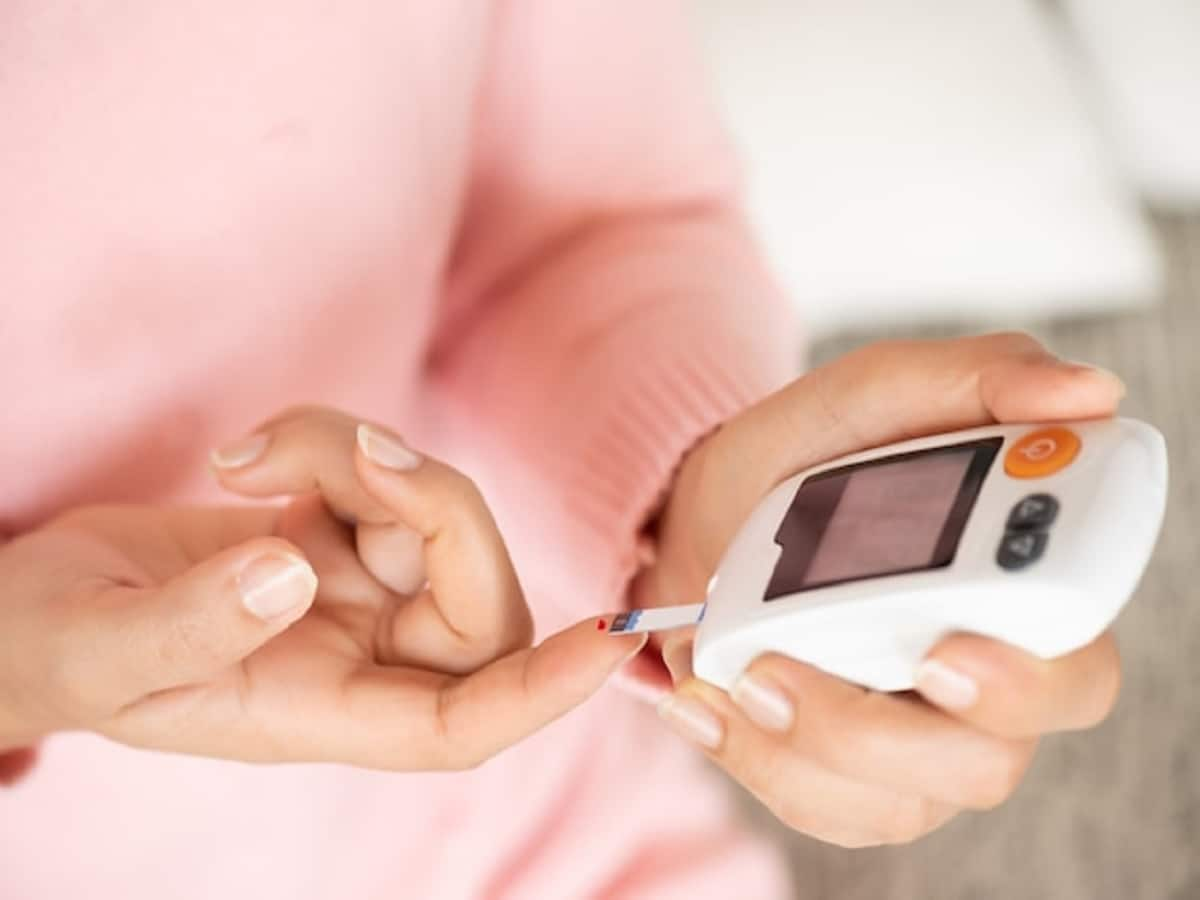 If you have type 1 diabetes, the levels of long-term blood sugar, HbA1c, can determine your risk of developing eye- and kidney complications.
If you have type 1 diabetes, the levels of long-term blood sugar, HbA1c, can determine your risk of developing eye- and kidney complications.
Uncontrolled diabetes can lead to serious complications, causing damage to various organs including heart, eyes, kidneys, and brain. So, diabetics are advised to keep their blood sugar levels in check to reduce the risk of these complications. But it has not clear about the level of blood sugar people with type 1 diabetes should maintain in order to avoid diabetes-related damage.
A study from Link ping University, Sweden, has revealed the ideal levels of long-term blood sugar, HbA1c, to avoid diabetes-related complications. People with type 1 diabetes should keep the HbA1c level below 53 mmol/mol (7 per cent) to avoid developing eye- and kidney complications, it said.
The results of the study, which followed 447 patients for more than 30 years after the onset of type 1 diabetes, were published in Diabetes Care.
Type 1 Diabetes and Related Complications
The research team examined the patients’ HbA1c values and observed the development of eye and kidney damage in them for as long as 36 years after diagnosis. The team was led Hans Arnqvist, professor emeritus at Link ping University.
Type 1 diabetes often causes damage to small blood vessels in the retina, leading to a condition called diabetic retinopathy, which is the main cause of decreased vision or blindness amongst diabetics.
In the study, almost all patients experience small haemorrhages in the eye that do not affect their vision. But in some patients, new blood vessels develop in their retina. The researchers identified the condition as ‘proliferative retinopathy’ and cautioned that it can lead to blindness. Further, they noted that diabetes can cause damage to the ‘macula’ of the retina, where high-focus vision is located, and this can cause blurred vision.
High blood sugar levels can also cause damage to the small blood vessels in the kidneys, and lead to the excretion of blood proteins, such as albumin, in the urine. When albumin is present in the urine, it is called ‘albuminuria’. Diabetes-related damage to the kidneys can impair kidney function and even lead to kidney failure.
Remember The Recommended Blood Sugar Levels
In a healthy person without diabetes, the maximum level of long-term blood sugar or HbA1c is 42 mmol/mol (6.0 per cent).
The Link ping University study recommended that people who have type 1 diabetes for at least 32 years should keep their mean long-term sugar level below 53 mmol/mol (7.0 per cent), in order to avoid serious damage to their eyes and kidneys.
Hans Arnqvist, however, noted that it’s not possible for patients with low blood sugar (hypoglycaemia) to control their blood sugar level so strictly.
Similar level for HbA1c is being recommended by the American Diabetes Association
Type 1 diabetes, which is also known as insulin-dependent diabetes, is a type of diabetes in which the pancreas makes little or no insulin, the hormone that control glucose levels in the body.









